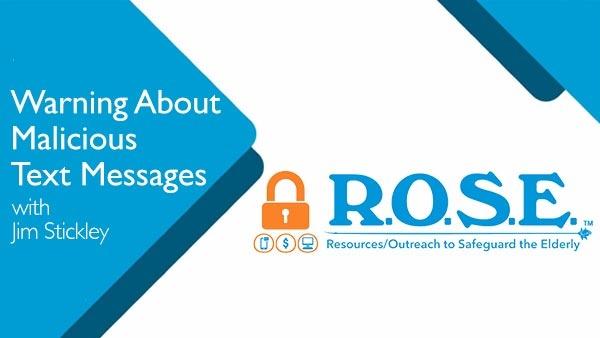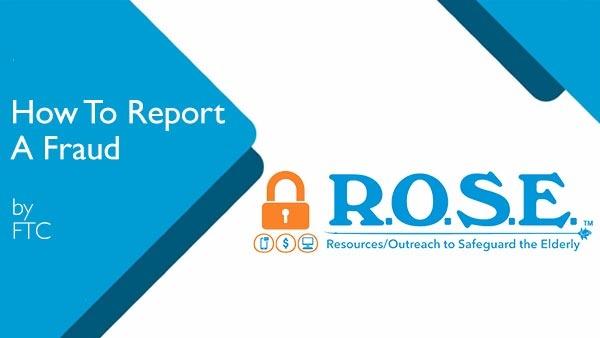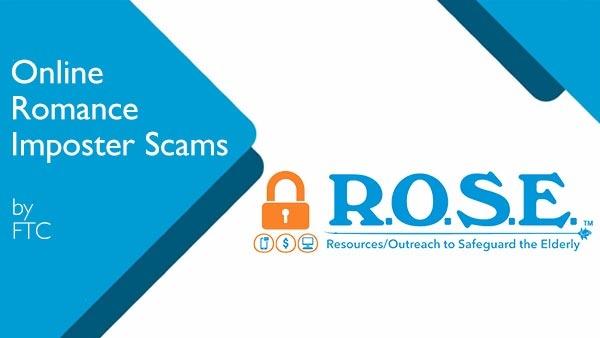FTC Consumer Response Center 1-877-382-4357

Archives

For the second time in less than a year, Mailchimp has found itself in a precarious situation, having to admit that it has been breached. It appears that a social engineering attack tricked Mailchimp employees and contractors into giving up their login credentials, which were then used to access 133 Mailchimp accounts.

Data breaches seem to happen like clockwork. None of them are your fault, but the responsibility to protect yourself and your personal information rests square on your shoulders. It can seem like a daunting task, but there are some fundamental actions that can be taken right now that can make you a significantly safer from falling victim to a cyberattack.














